Stanford researchers developed the "music box · microfluidic device kit" for science education tickling intellectual curiosity

The proverb "The good thing is good things" leads to everything, and this is no exception for studying. Researchers at Stanford University are developing inexpensive experimental kits to make them interested in science by successfully drawing out the intellectual curiosity of children and to create more "researchers of the future".
Inspired by a music box, Stanford bioengineer creates $ 5 chemistry set
http://news.stanford.edu/news/2014/april/chemistry-award-prakash-040814.html
"Experimental equipment" which can be seen at first glance music can be confirmed in the following movie.
Stanford bioengineer creates $ 5 chemistry set - YouTube
Music box with handwheel handle. Turn the handle to play the music. This music box is a type that uses a punch tape instead of a cylinder to make sounds by flipping the comb.

The developer is Dr. Prakash of Stanford University. At first glance, this device which looks like a music box is also an "educational tool" and it is also a practical "experimental device for research".

Collier who co-developed this device. "How to use the device is just wearing the punch tape like turning the music box and turning the handle".
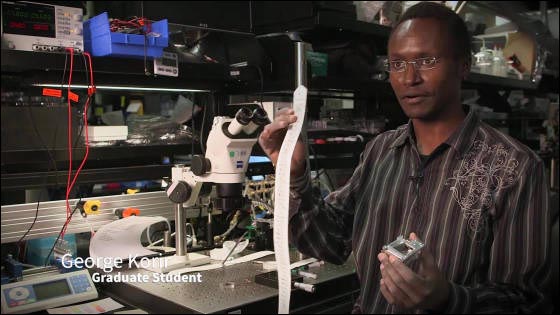
This device was made based on a hand-crafted music box, and the construction that repels the comb is exactly the same as the music box.

However, when the comb is repelled, as the sound comes out, the liquid is dropped one by one.
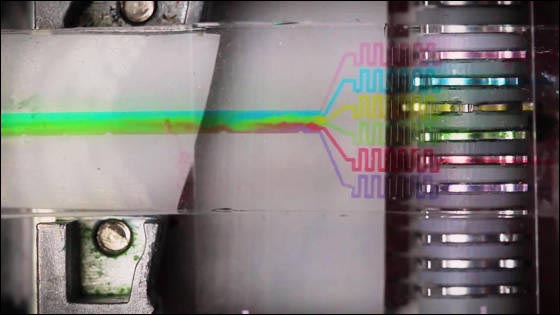
There are 15 pumps that repels combs and it is possible to inject 15 drops of fluid separately.
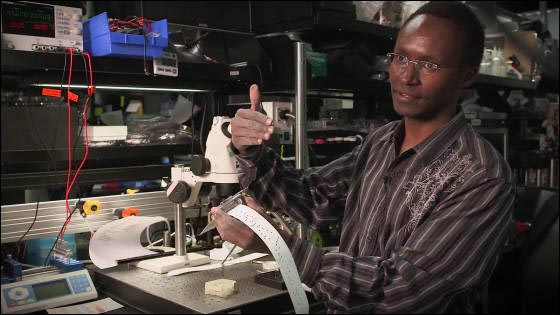
This is called a microfluidic chip, you can change the injection volume of liquid by replacing it.
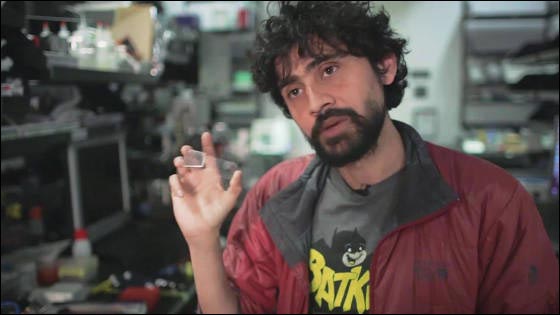
For example, in a water quality test etc., liquids are mixed together to investigate the reaction, but such a large scale apparatus is only in the laboratory and it is extremely expensive. This device can mix fluidTitrationIn addition to being able to do it easily and freely, the material of the device is very cheap as only $ 5 (about 500 yen).
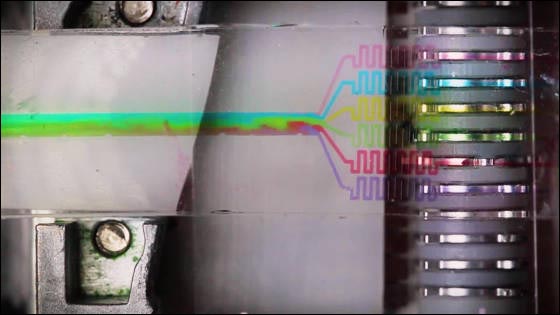
Enlarging the pump looks like this.
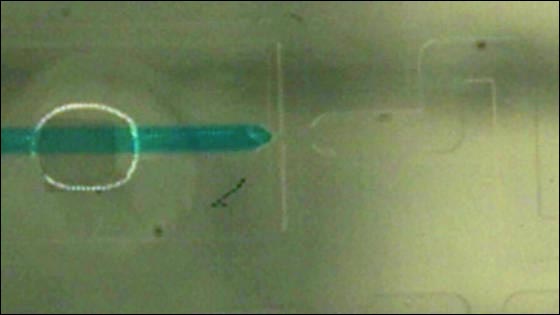
When the comb was repelled, the sound of the music box appeared and at the same time the fluid was pushed out.
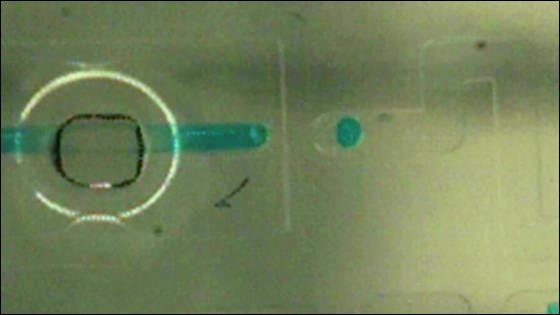
The liquid dropping amount is adjusted with the microfluidic chip, and the timing of the dropping is adjusted with the punch tape enables a digital-like adjustment by an analog method.
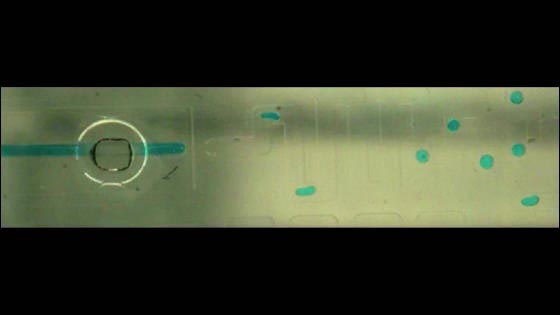
"Such a device can be used to judge whether there is poison when it is bitten by a snake or whether the poison is a neurotoxin or a bleeding poison," Collier is from Kenya. In addition to having practical usability to be used for experimental purposes, development purpose was raised to be cheaper to be used by children as an educational kit.

This device is still at version 0.1 and its development has just begun. Improvements have been repeatedly made using 3D printers for inexpensive and portable fluid titrators.
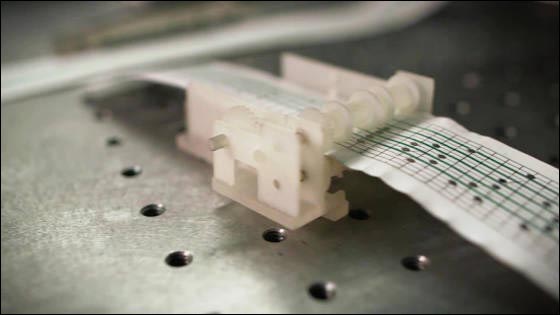
Actually, this device is done with the aim of "creating chemical equipment in the 21st century"Science Play and Research Kit Competition (SPARK)It is a work that won the first prize by. Dr. Prakashu thinks that the development of developing countries is delayed because the number of researchers is not enough worldwide and in order to produce more scientists it is necessary for scientific education to stir up the intellectual curiosity of children It is believed that it is important. To that end, I thought that a science kit that is inexpensive and interested in science is important, I heard that this time, I made this music box improved microfluidic kit.
Dr. Prakashu says that he will utilize the prize money of 50,000 dollars (about 5 million yen) for simple but tiring of intellectual curiosity to develop a kit useful for science education.
Related Posts:







